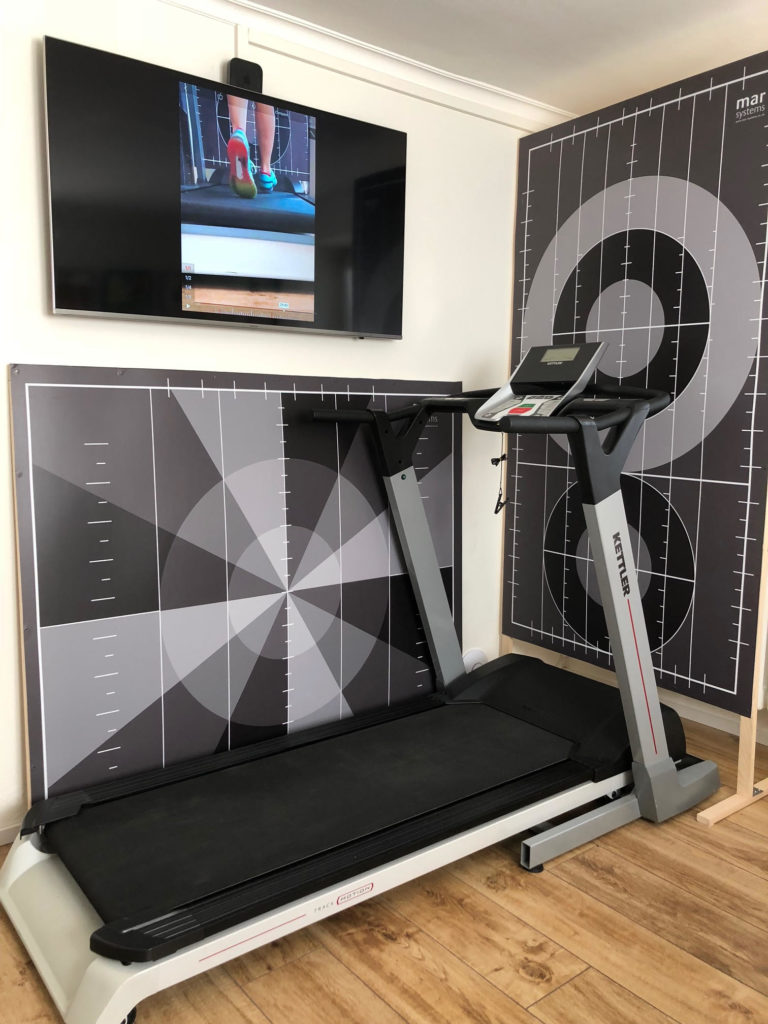Biomechanical Assessment
What is podiatric biomechanics?
Podiatric biomechanics focuses on the movement of the body from a foot-up perspective, specialising in the assessment of the feet and lower limbs within the framework of the body as a whole. If you have lower-back, hip, knee or ankle pain, the problem could be related to poor foot function or “gait” (the way your feet and legs work as you walk and run). Your lower limb structure and function will be examined through a biomechanical assessment to ascertain if the bones, joints, ligaments and/or muscles are preventing “normal” function.
What is a podiatric biomechanical assessment?
An initial biomechanical assessment for a new patient will last between 45-90 minutes, depending on the problem/injury. The assessment can be divided into 5 subsections:
- A full medical history will be taken including general medical health, previous accidents, fractures or surgery questions.
- A static standing assessment will look at your posture and alignment.
- A couch examination will involve a physical examination of the hips, knees, ankles and joints in your feet, as well as the muscles surrounding these structures.
- A video-analysis of you walking and/or running on a treadmill will be taken to assess your dynamic movement patterns and can also be carried out in external sport fields e.g. running track, ice hockey rink, ski piste etc.
- In-shoe pressure analysis measures your dynamic loading patterns in both time and pressure quantities. This analysis is not automatically included within your appointment and needs to be requested/pre-booked.
Video analysis allows the mechanics of the body to be recorded during dynamic motion, producing digital footage that can then be slowed down and carefully analysed frame-by-frame. This is an indispensable educational tool for precisely establishing how the foot functions during dynamic movement. It allows you to see your biomechanics in slow motion which also enables you to understand the mechanisms of injury.
The information collated from the static standing assessment, the couch assessment together with the dynamic information helps Katriona to understand the mechanism of injury, create a diagnosis and a specific treatment plan.

